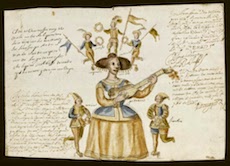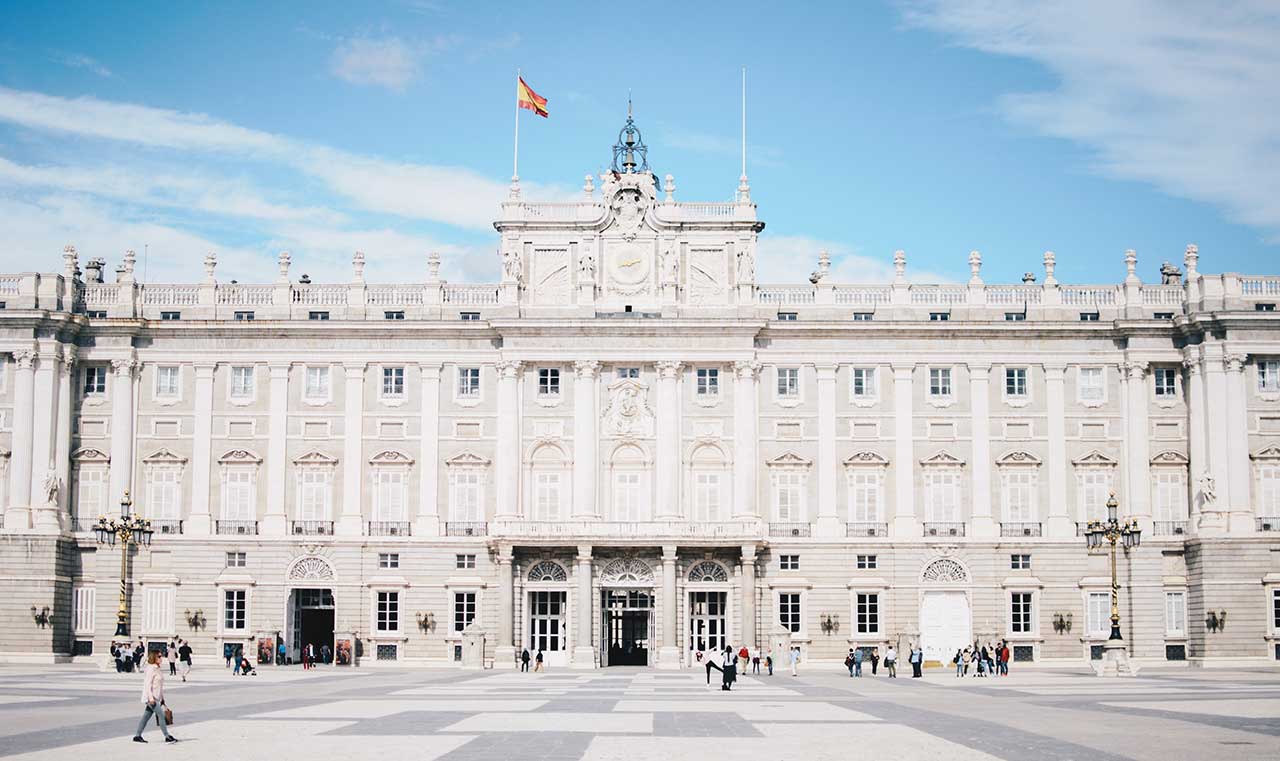
The legend claims that this monster, called La Tarasca, was originally found in France on the Provence-Alps region and has always been connected to Saint Martha, who was able to dominate the mythological beast, but once it was controlled, the locals decided to kill the monster at night and this is when this part of France will be Christianized.
For the people of Madrid la Tarasca was once a unique thing related to the procession of the Corpus Christi, when the figure went on the streets to entertain and amuse the locals, and was well known for its ugliness and rudeness:
There was like a massive snake fully covered by scales, monstrous belly, long tale, horrible eyes and open jaws” it will be the horrible ugliness versus the great beauty, the greatest deformity against the glorious body.
On top of the monster there would be a woman riding with gorgeous elegant clothing representing the whore of Babylon. Interesting fact was that this clothing would work as an anticipation of the fashion to come.

“If you are going to Los Madriles (old reference to Madrid), bring from La Tarasca the best fashion, and do not get hypnotized or you will be smashed in your face by mojigones” (Mojigones were a sort of short sticks with inflated bladders traditionally used in national parties to hit children).
Every theme in La Tarasca for Corpus Christi was different and beard special message: one year it was the whore of Babylon playing the flute, another year there were four women on top of the monster with whips, punishing the flesh of other sinner women... The artist who created La Tarasca would make a drawing for the town hall so they could get the money to build it, so this creature becomes a gadget, a machine on top of a platform with wheels in which interior some men now and then activate some springs so the snake would grows its neck and steal the hats from people.
Commoners of Madrid had a blast with this procession; for them it was a moment of joy and fun, a moment of grotesque and criticism at same time, a moment to laugh or to imagine the supernatural. Monsters like Tarasca or dragons through medieval ages were something people would chat about and would pass the stories about from one to another.

In 1722 other times arrive in Spain, especially with our King Carlos III, which decide, that this medieval tradition should be removed as profane – no more dances in front of our Lord, no more mystery plays and then no more Tarasca, the joy and colorfulness return to the deepest orthodoxism and significance of the liturgy.
Author: Enrique
Sources:
- Cronicas de Madrid, 1990
- Biblioteca digital del Patrimonio Histórico del Ayuntamiento de Madrid

Customize your
private tour
